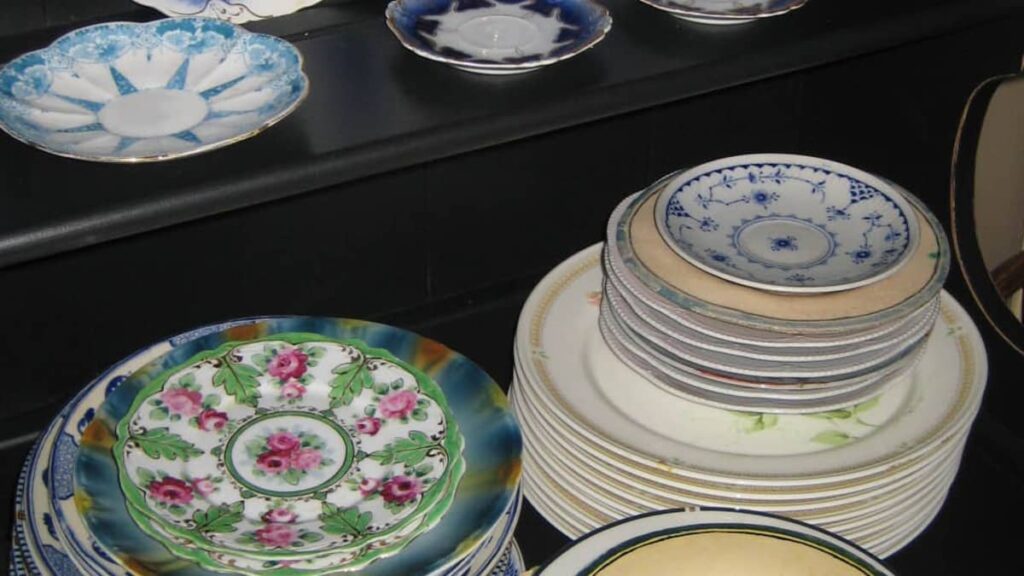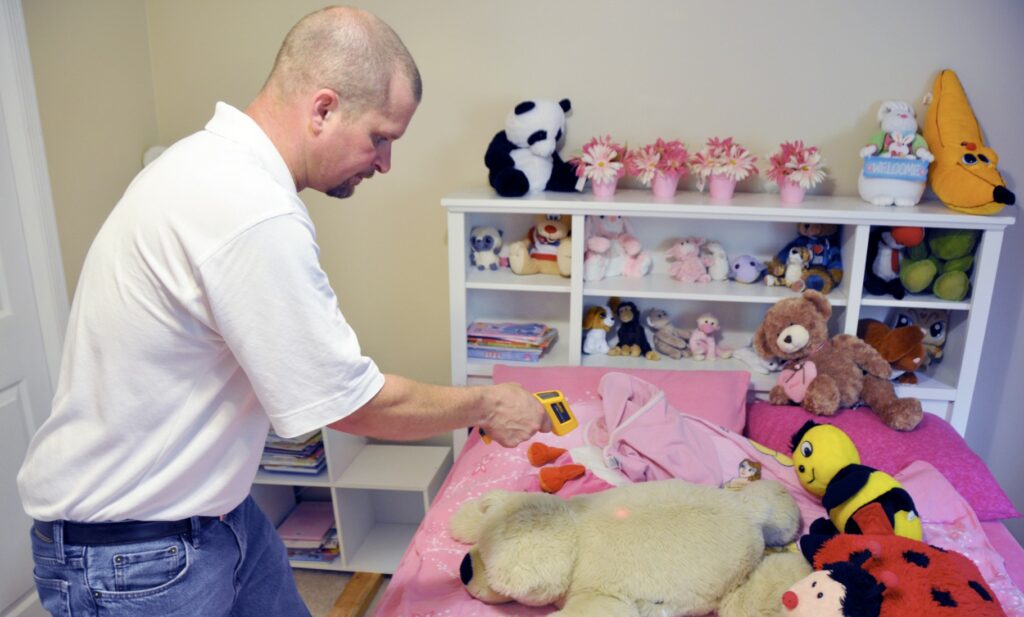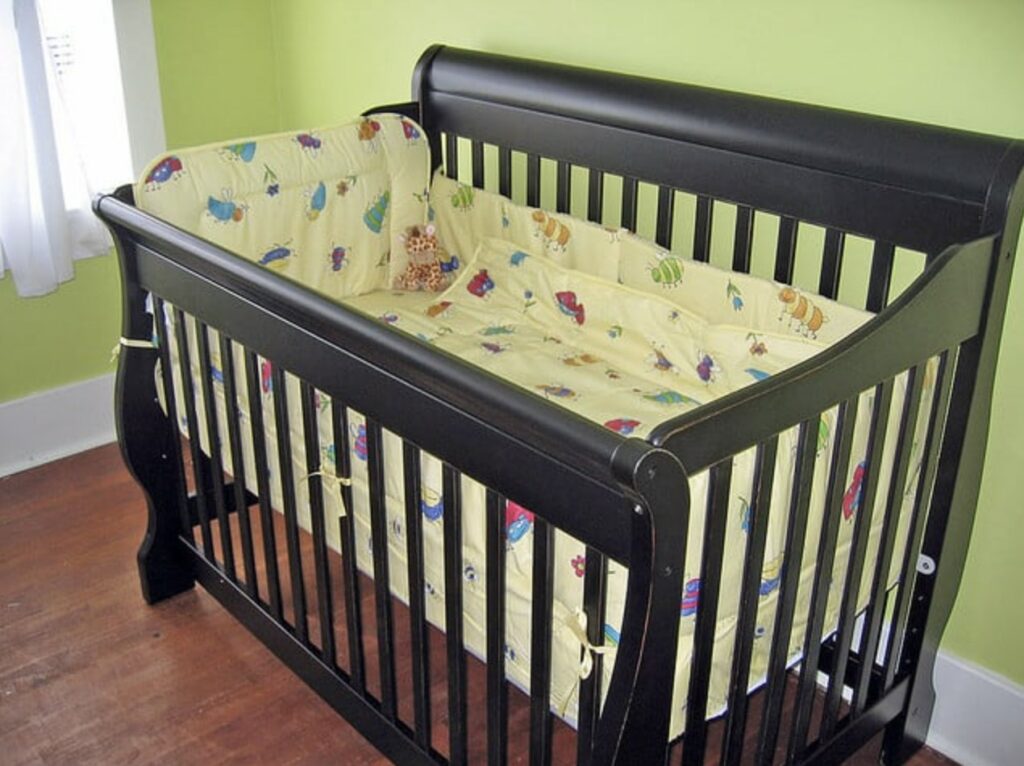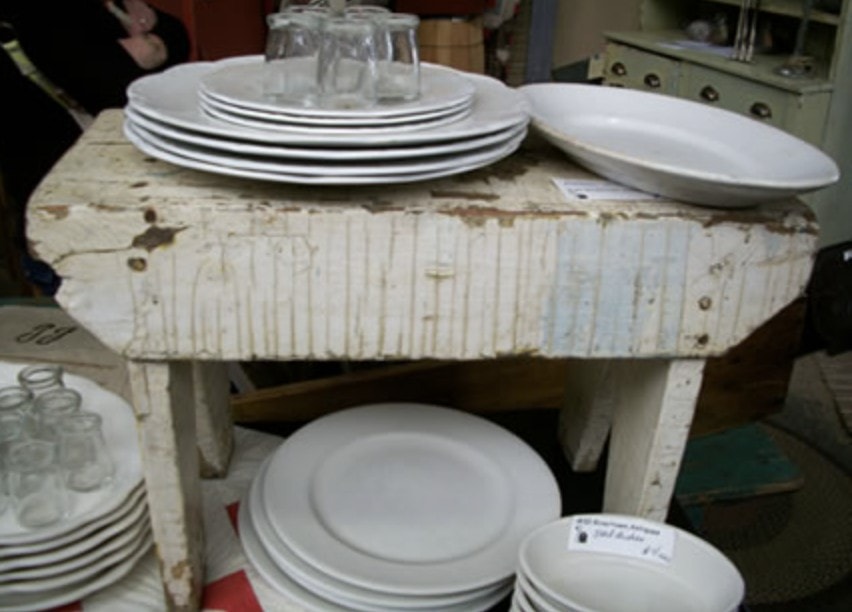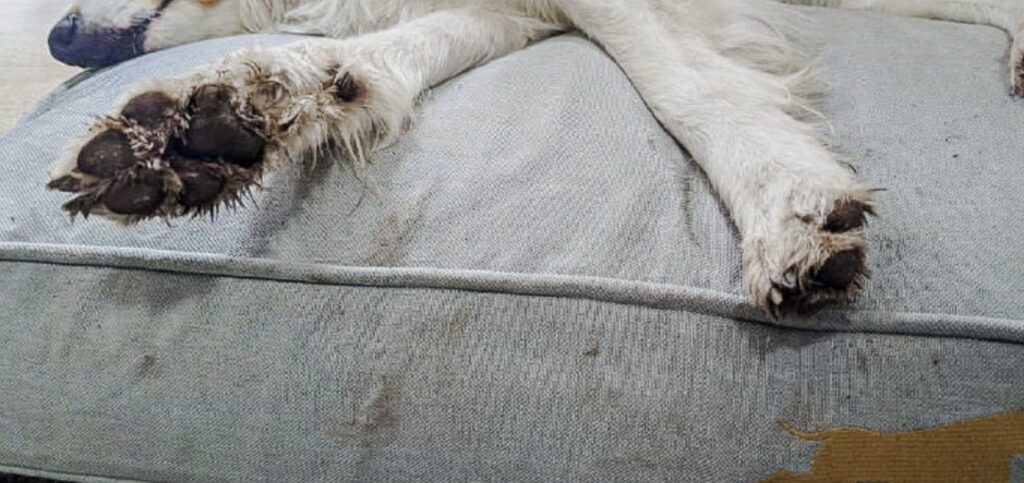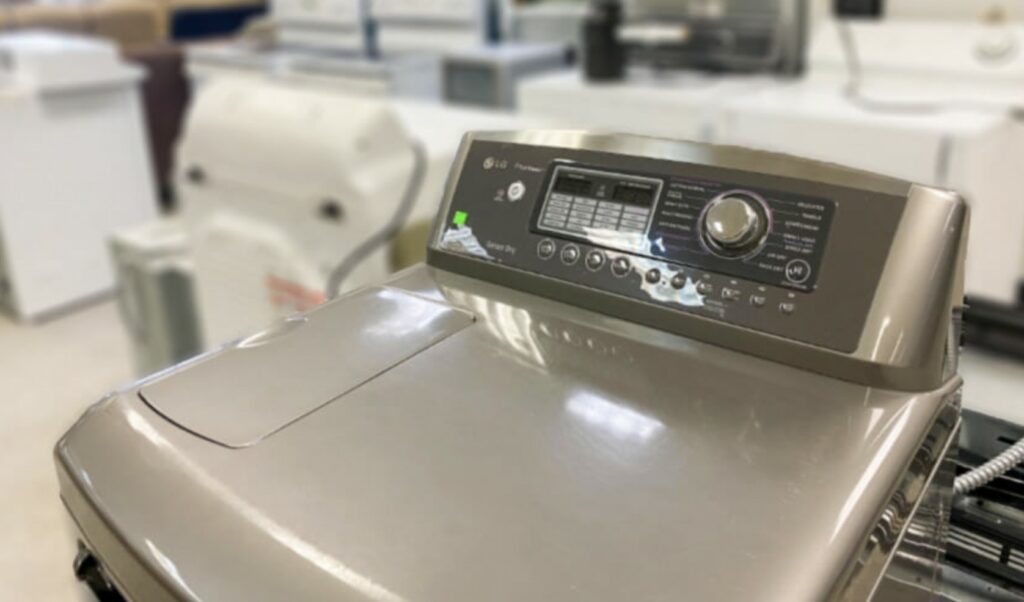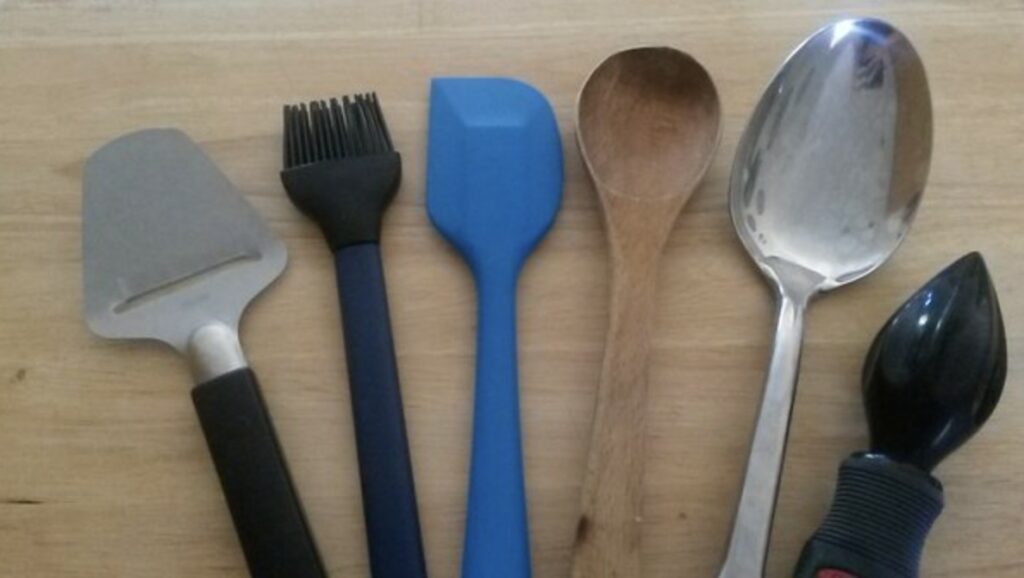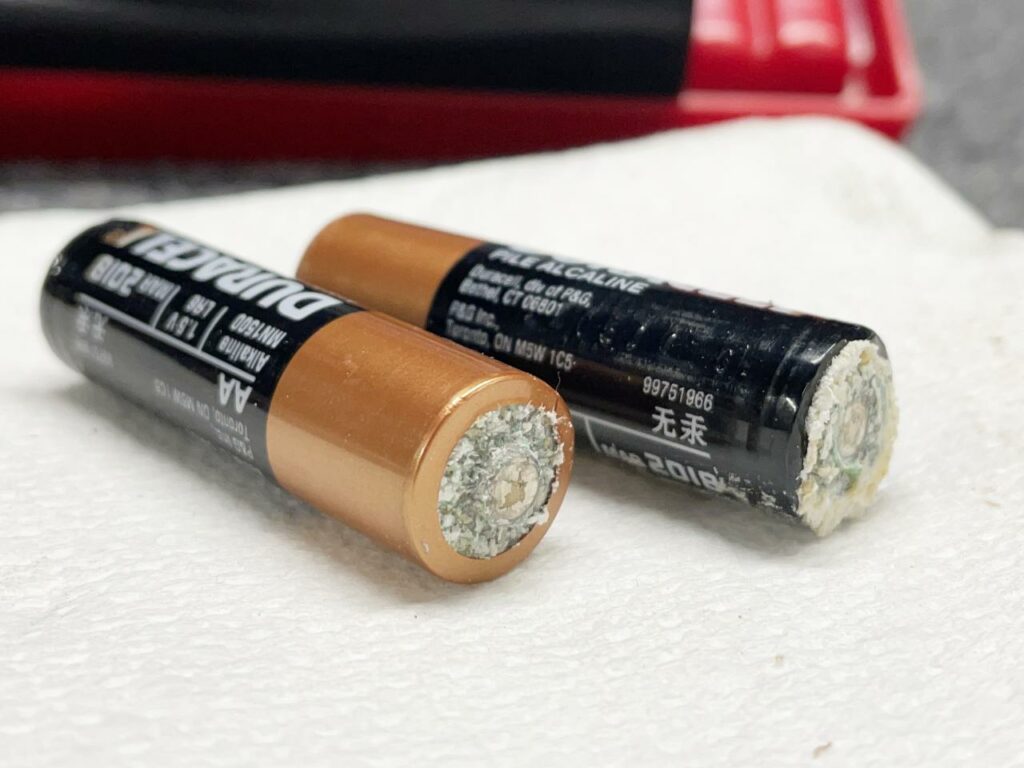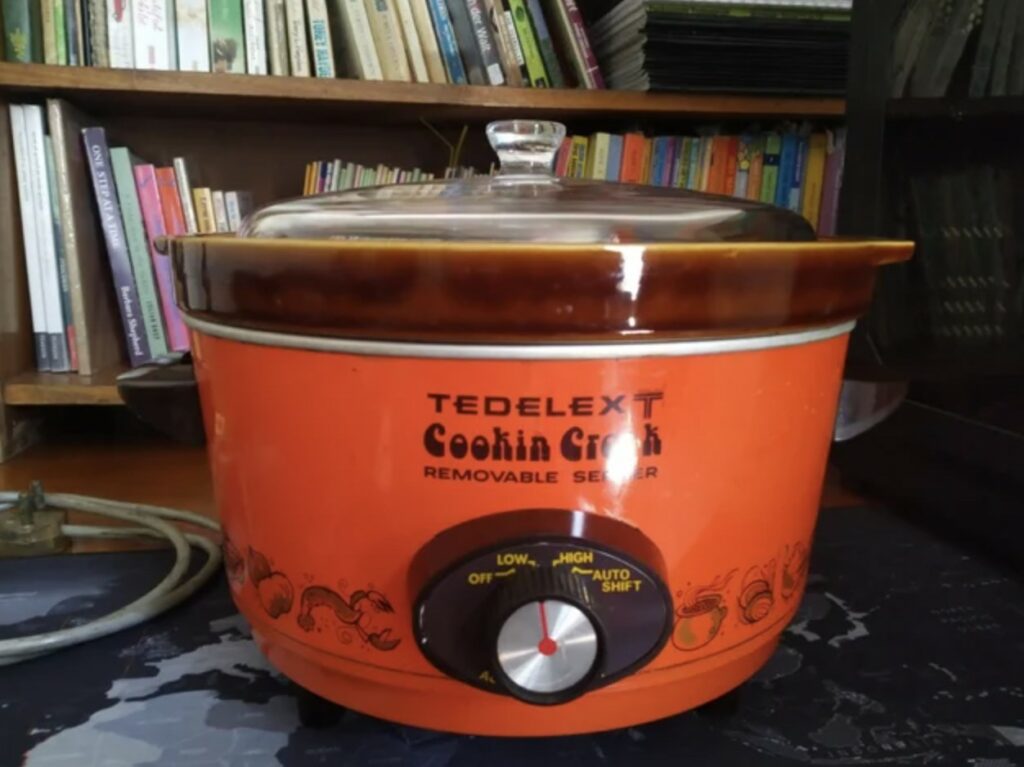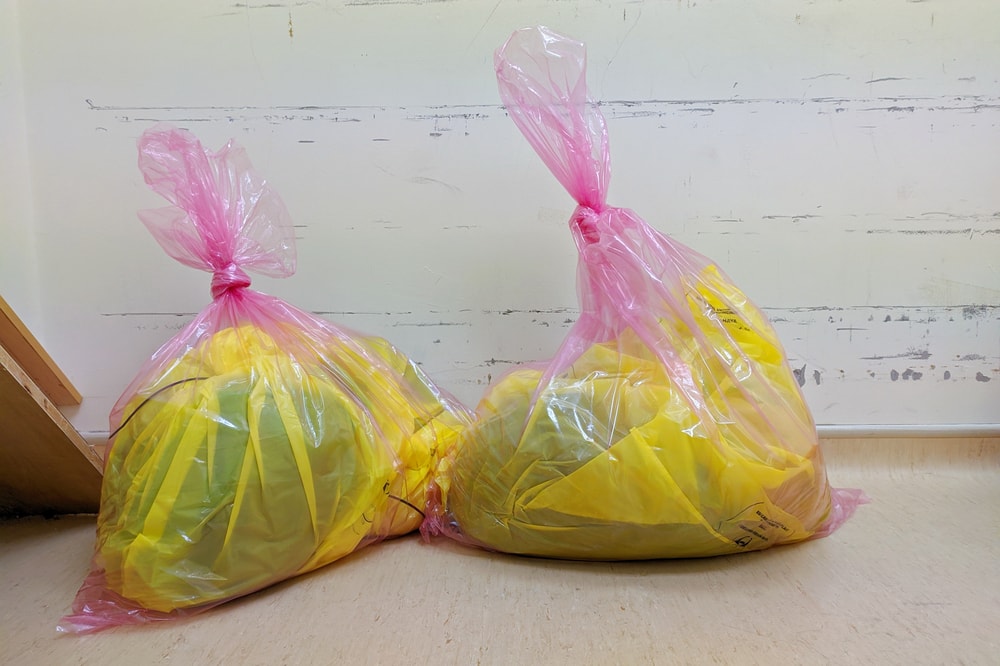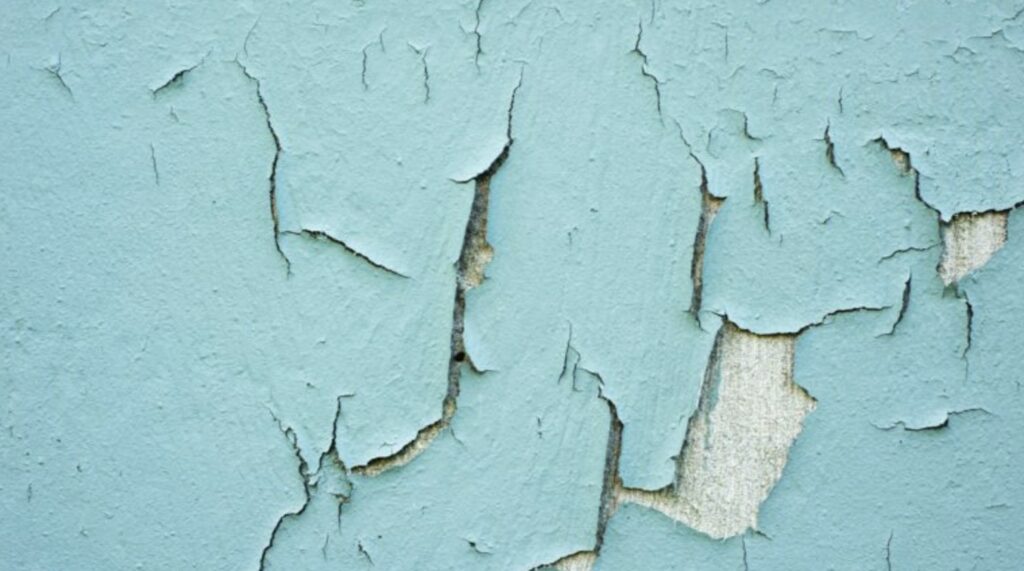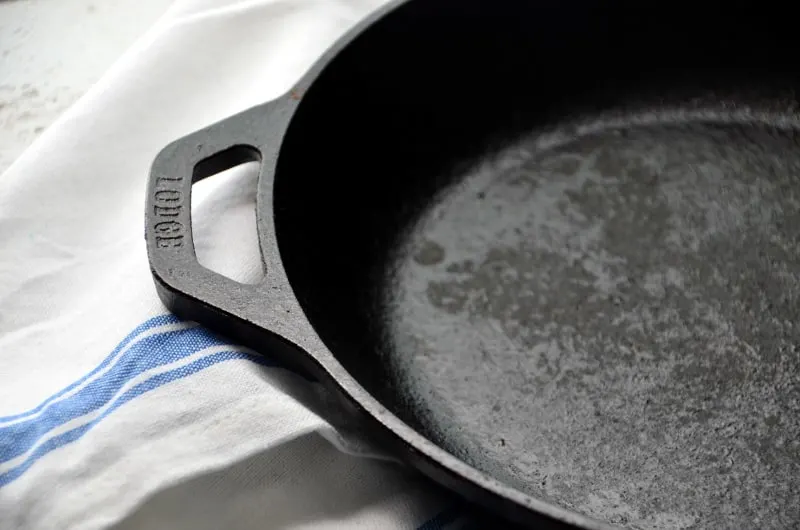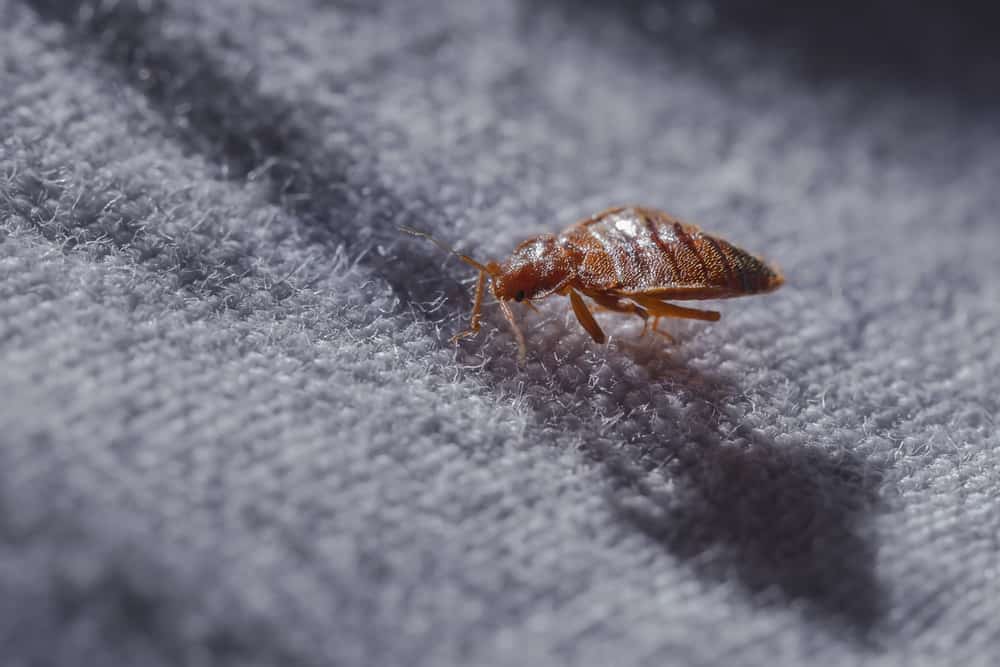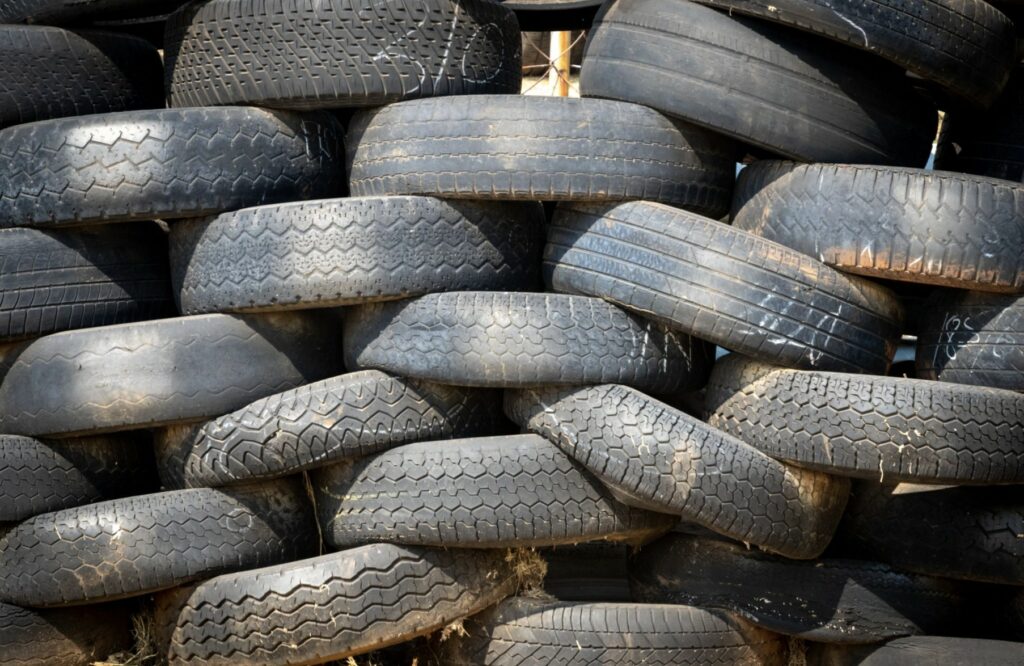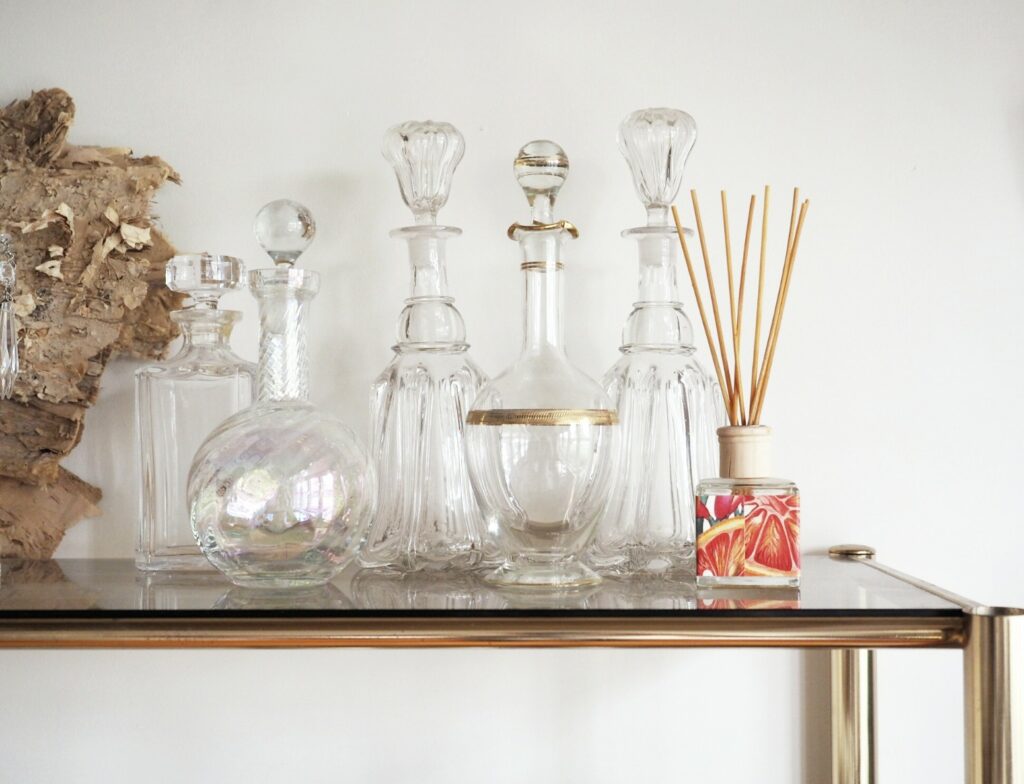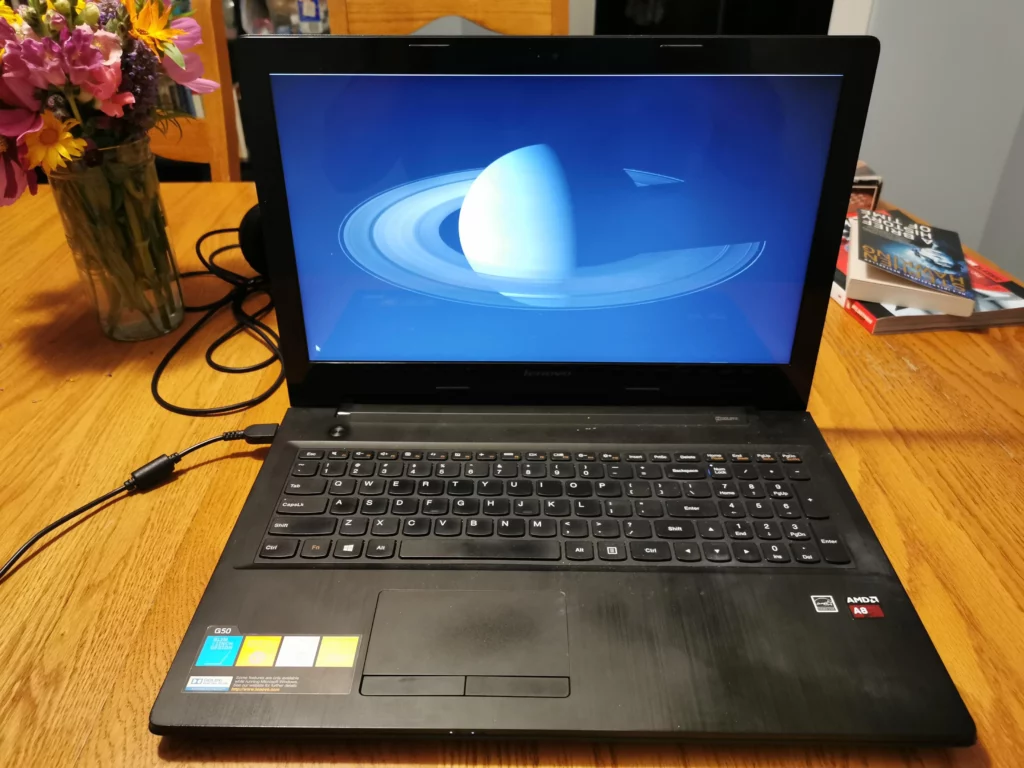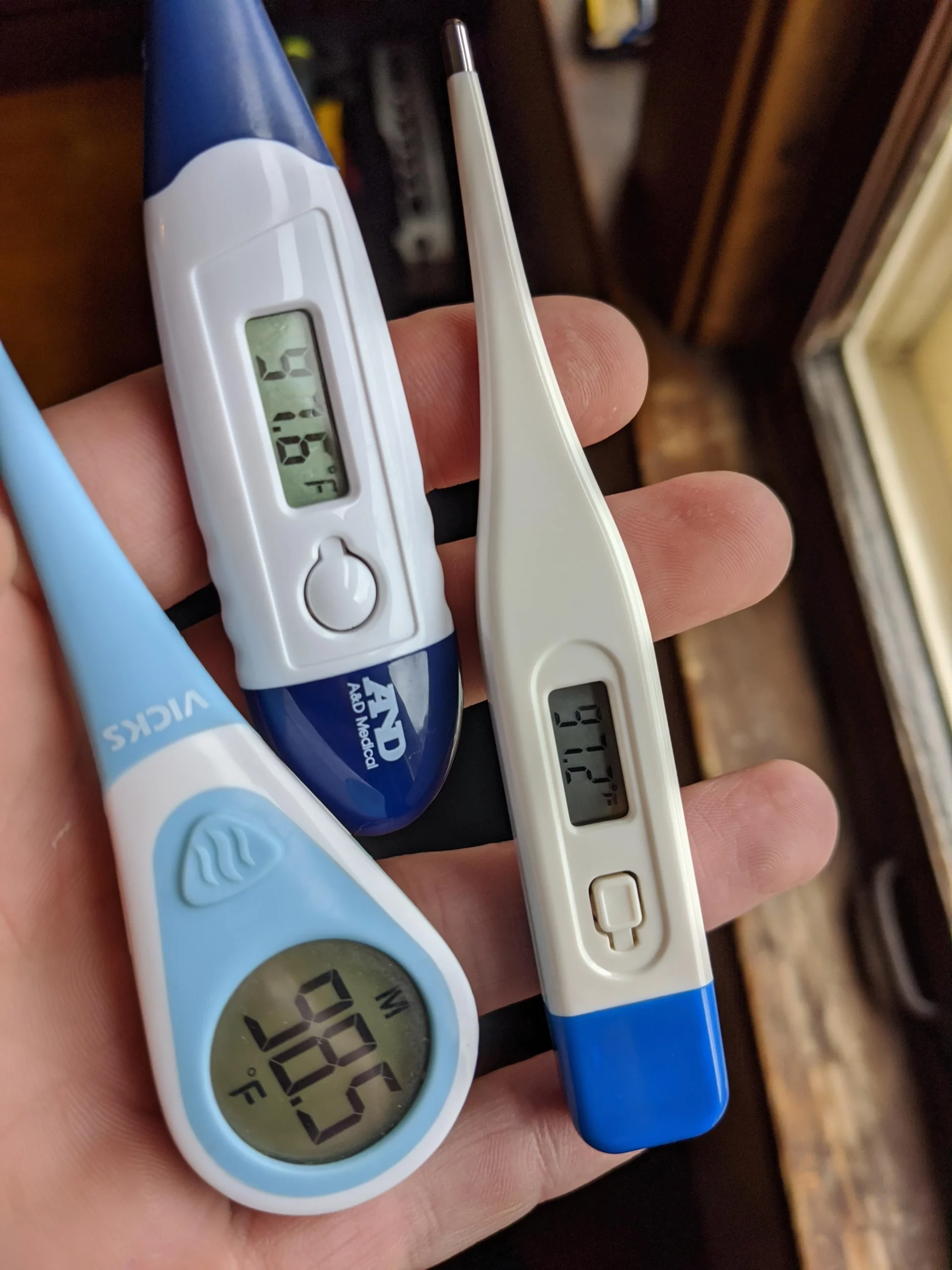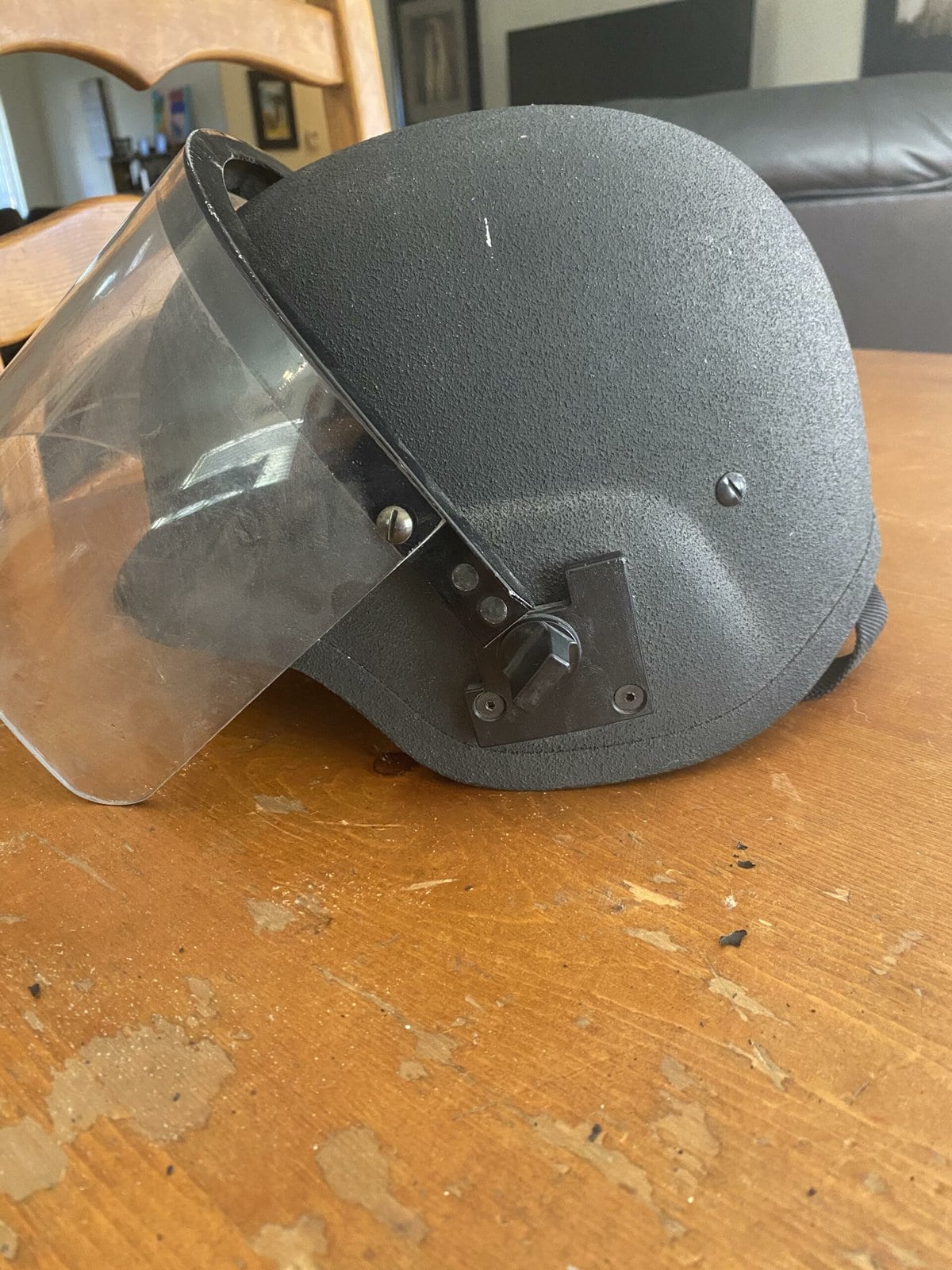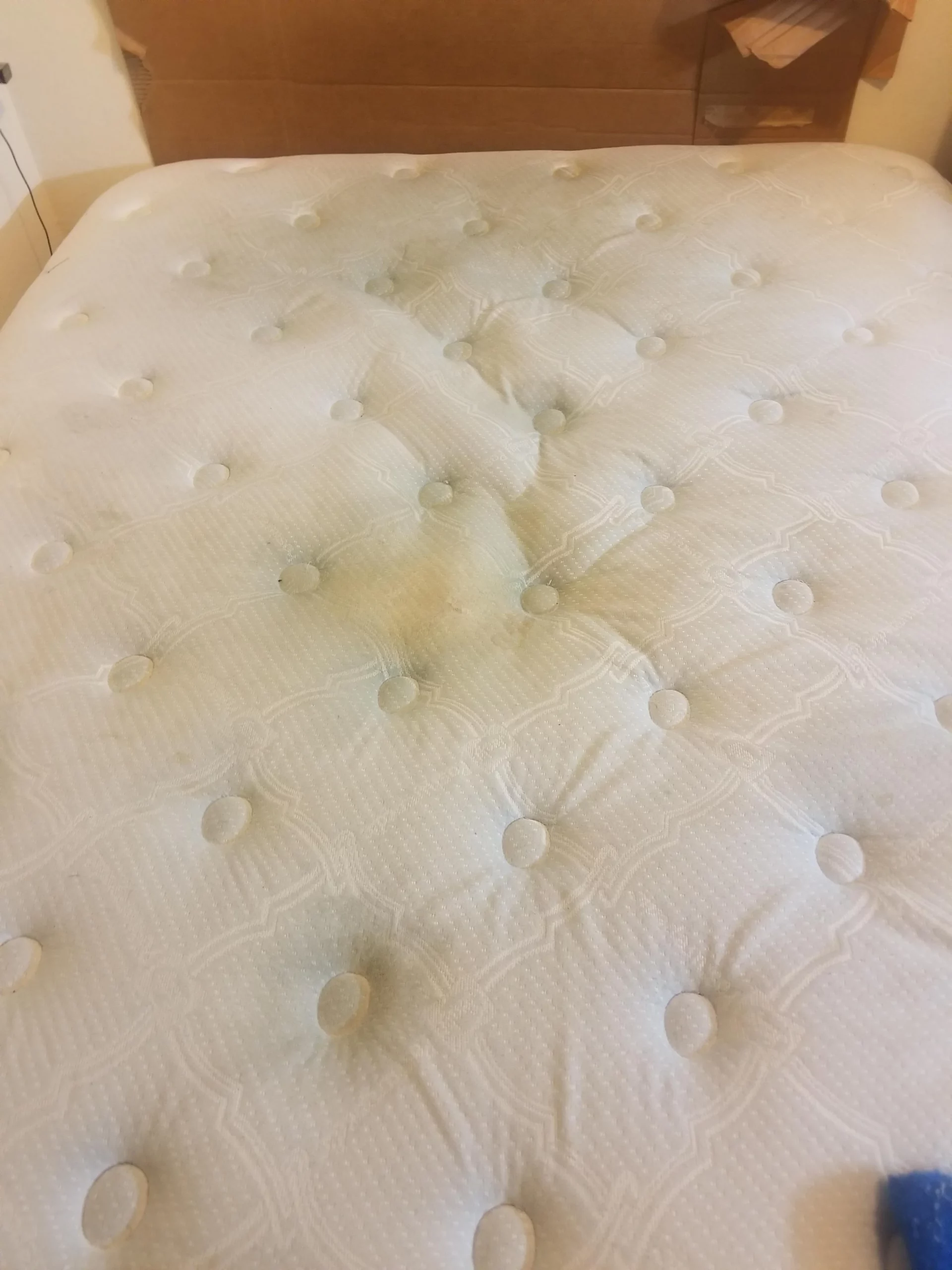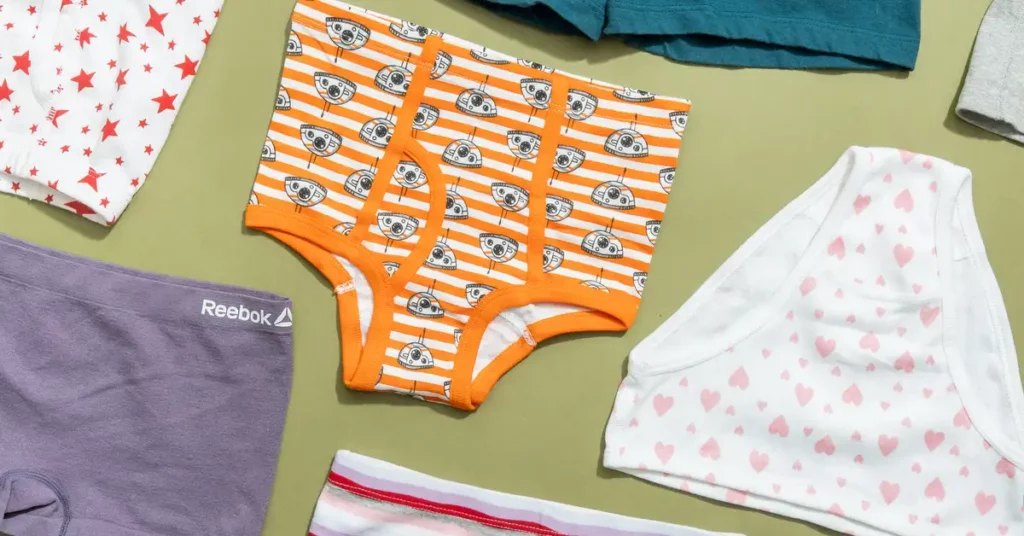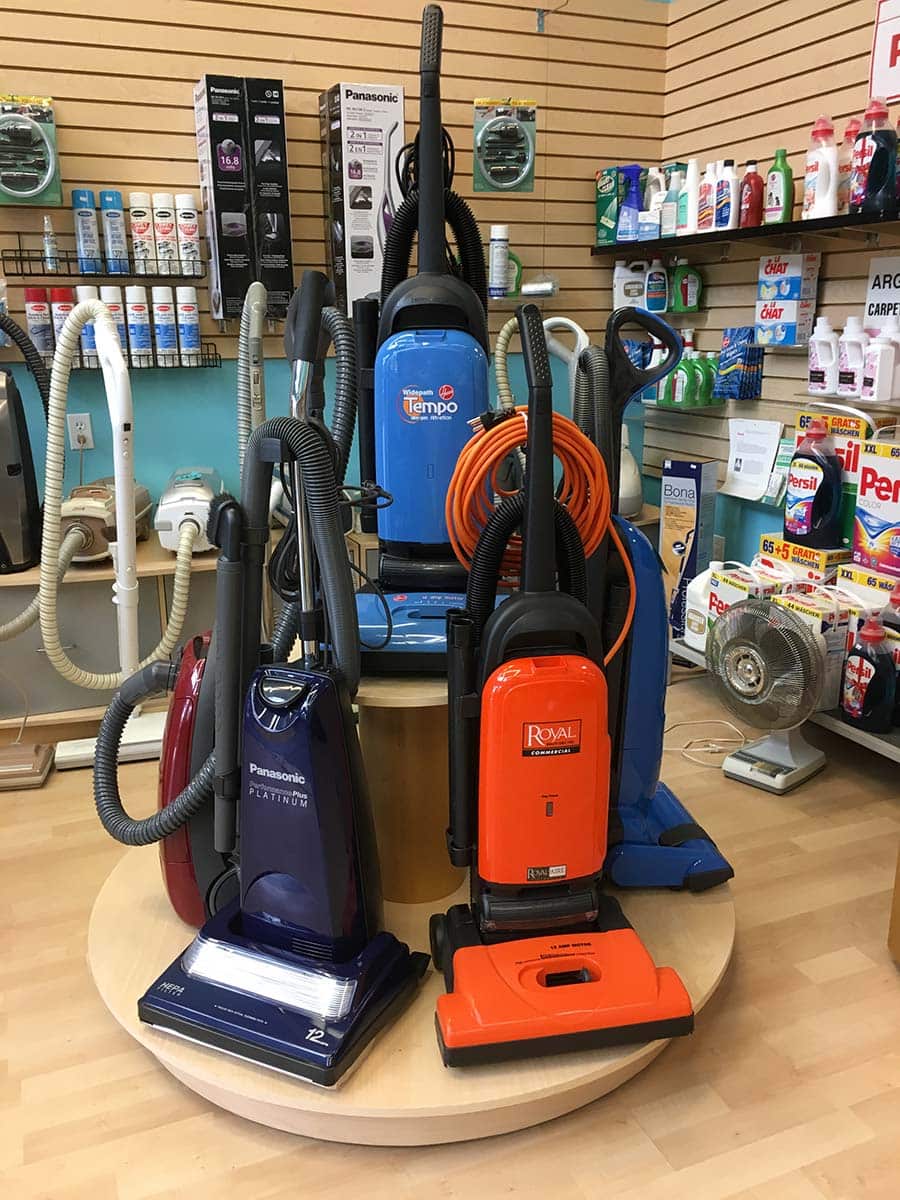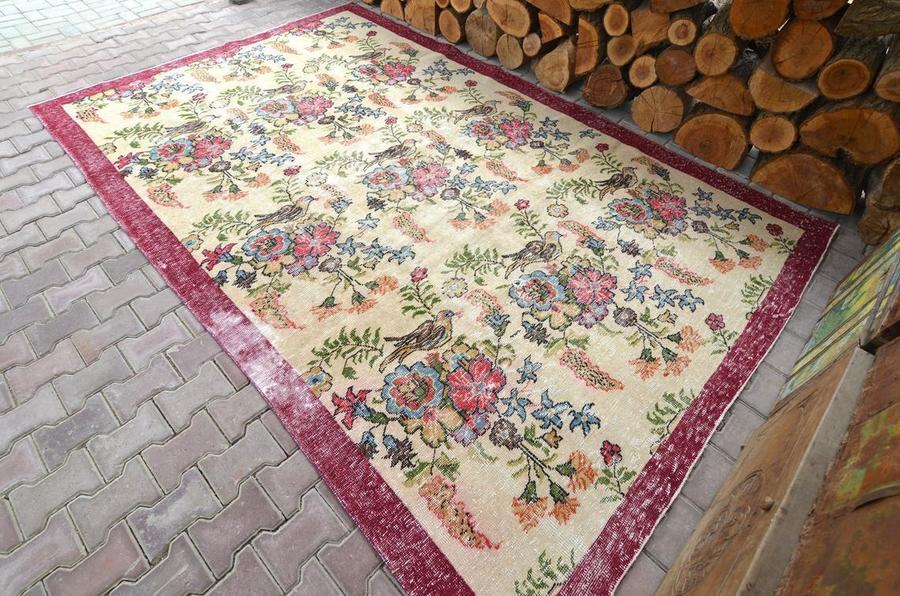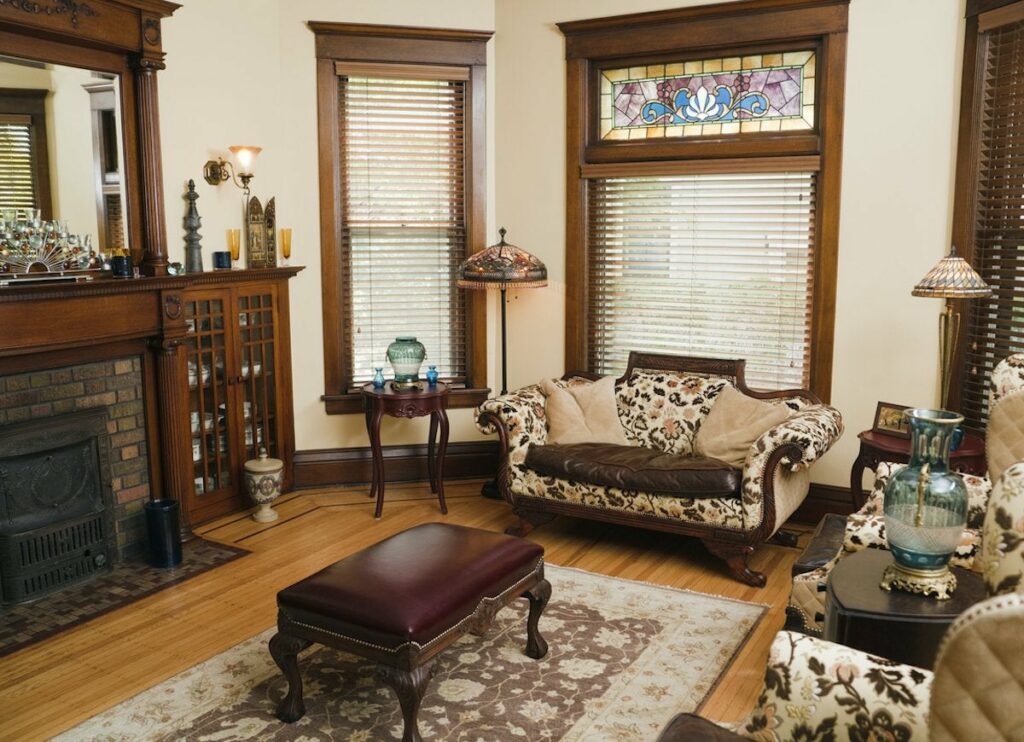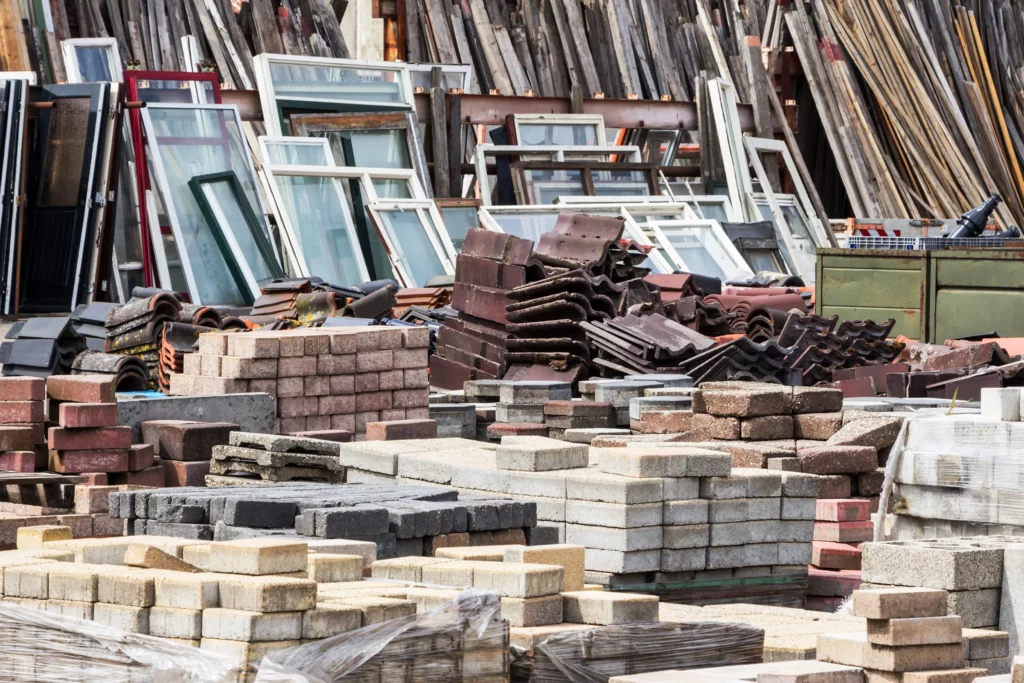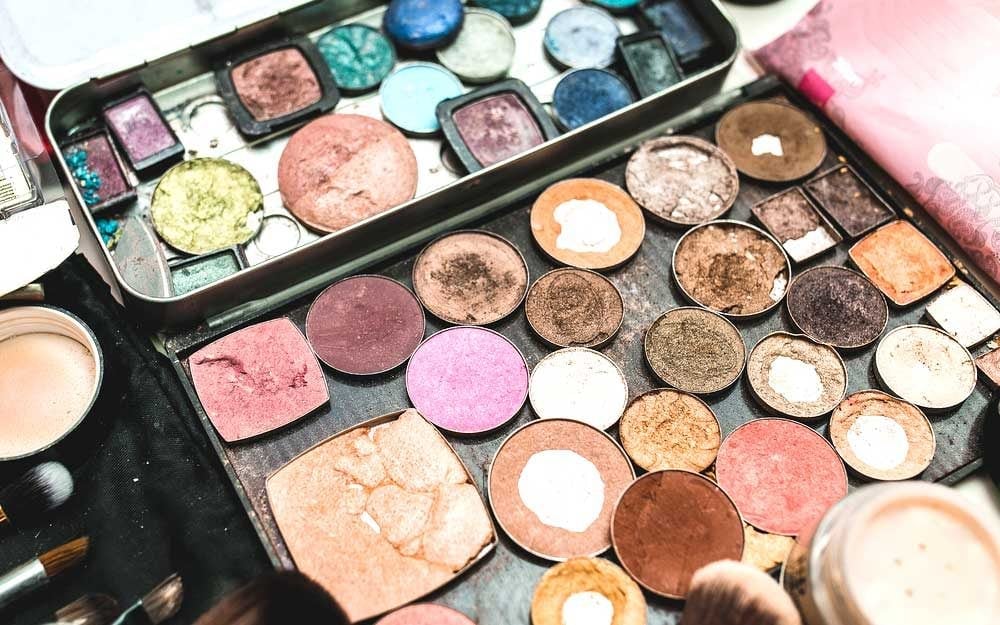Shopping sustainably is important for the environment. It helps reduce greenhouse gas emissions and has a positive impact on the world. That’s why thrift store shopping is one of the best ways to shop sustainably and save money. You can buy secondhand clothes and other items that won’t put a dent in your wallet. But you also have to make sure you’re buying products that are safe to use and are not harmful to your health. It can be easy to fall into a trap of buying toxic home items at a thrift store without even knowing it. Always leave clothing or furniture at home that smells bad. This could be from smoke, dust, mold, or a combination of toxic chemicals. You don’t know the history of the item and you’re not a detective, so save yourself from a host of problems and leave it. It’s never worth saving a few bucks, and if it causes problems in your home, like mold growth or health issues, the price you pay will be exponentially more.
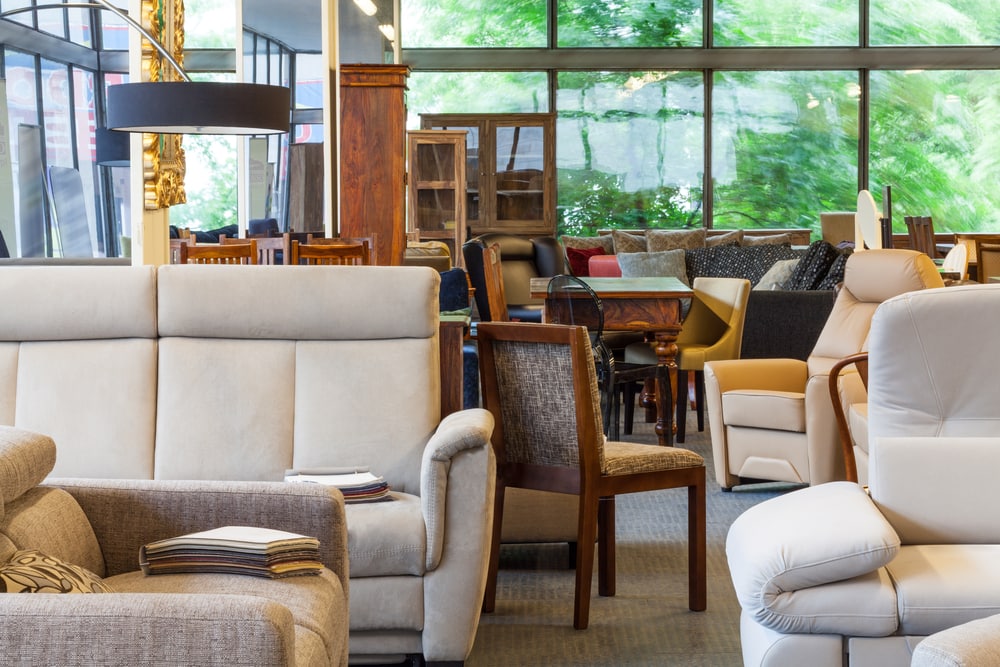
In a study conducted by NPR, 15 children and adults tested positive for elevated blood lead levels. They traced it back to their use of ceramic ware purchased from thrift stores. The New York Health Department sent out a warning about purchasing traditional ceramic ware from thrift stores and flea markets, especially when it’s hard to trace the manufacturer. This is just one of the many dangers that come with thrift store shopping. That being said, there are certain dangers to thrift store shopping, and with this list, we’ll help you avoid those dangers to buy the safest items possible.
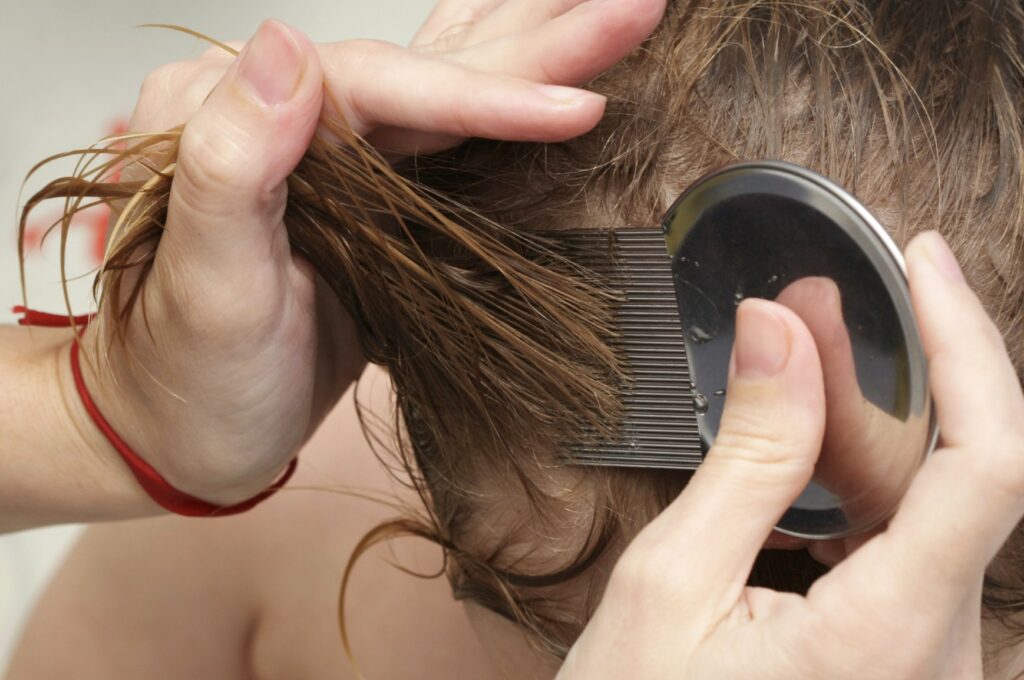
Avoid Buying Hats To Prevent Lice
Even though you might find some pretty cool hats at a thrift store, it’s better to leave them on the shelf. Hats are considered a high-risk purchase because of the risk of lice, allergens, and other bacteria in the hat. It can quickly become a toxic home item that can spread to all members of your family. Getting rid of lice is never fun, and it can take weeks to fully get rid of the lice. It spreads easily to your pillows and clothing, so it’s best to leave the hat at the store and purchase a brand-new one. Because even if you do manage to clean the thrift store hat, you still risk damaging it or not cleaning it through (Business Insider).


